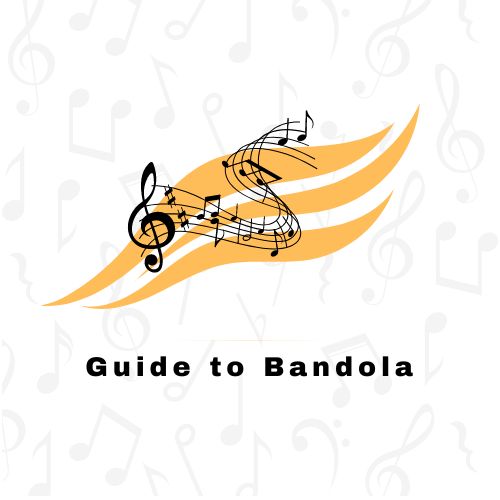A bandola is one of the several varieties of small and pear-shaped chordophones. This instrument is usually found and used in Colombia and Venezuela. Bandolas are also related to other stringed instruments like the mandolin and bandurria. In this article, we are going to learn more about the history and different types of Bandola.
History of Bandola
According to studies, the ancestor of the Bandolas that we know today can be traced back to Latin America in an instrument called Lute. This instrument was derived from the Ud that was brought by the Arabs to Europe during the 12th century. When the instrument reached Spain in the 16th century during the Age of Discovery, the lute became the Bandurria, later called Bandola.
The first-ever historical reference that talked about the Bandola was in Venezuela in 1815. The said reference talked about a colored slave who is playing the Bandola. The bandola is lightweight and easy to carry; that is why during the era of the War for Independence, bandolas served as the soldier’s entertainment throughout their spare time on the battlefields. Even if the Bandola faced the crisis of oblivion during the modern period, it was saved and made famous by Anselmo Lopez’s innovation. Today, the bandola players of the generation are evolving Bandola music by adopting new modern techniques.
Types of Bandola
Basically, every bandola comes in a pear-shaped body; the difference between them just comes from the way to string it. For example, the Bandola Llanera is made of four simple courses of nylon strings, while Oriental has four double courses of nylon and sometimes steel strings. Here are the different types of bandolas:
- Bandola Llanera – This type of bandola is traditionally made with four gut strings and only seven frets and is typically played with a pick. Today, the strings used in making the bandola llanera are usually just like the ones used in classical guitar sets, particularly the wound A and E and the nylon B and G strings.
- Bandola oriental – This type of bandola is quite similar to the bandola llanera. However, the bandola oriental has a deeper body and four double courses that come with eight strings in all, including nylon and metal strings.
- Bandola guayanesa – This type of bandola is typically played in the Guayana Region in Venezuela. It is made of eight metal strings and paired in four courses. The bandola guayanesa is known to be played by combining the techniques of the llanera and oriental bandolas.
- Bandola Andina or Peruvian Bandola or Bolivian Bandola or Bandola Aymara – This type of bandola has four courses of triple and sometimes quadruple strings.
- Bandola Andina Colombiana – This type of bandola is made of six courses of strings that are in several different arrangements. In double courses, the bandola Andina Colombiana may have 12 strings and 14 strings, where the first two courses are tripled, and the rest doubled. Sometimes it can be arranged in 16 strings with the last two doubled and the first four courses tripled, or even 18 strings if used in triple courses. The bandola Andina Colombiana is the type of bandola that strongly resembles the Spanish bandurria and the Mexican bandolón.

